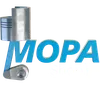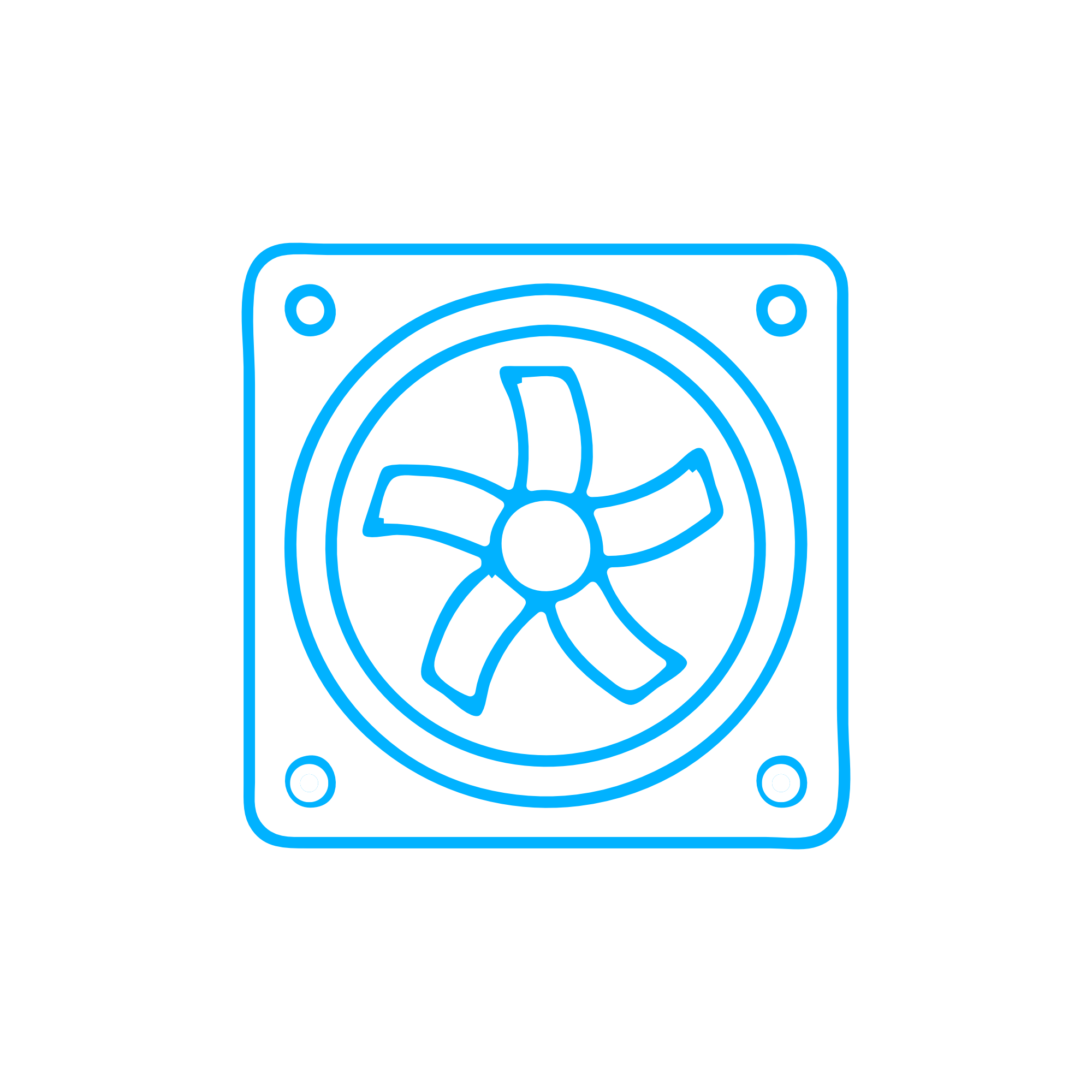SUCTION FAN for Engine Cooling and Ventilation
A Fan is a core component of every engine cooling and ventilation system. In propulsion, power generation, and auxiliary drives, the SUCTION FAN acts as an air-moving device that pulls ambient air through heat exchangers and across hot components, stabilizing operating temperatures and protecting surrounding equipment. Whether installed in a compact genset or a large marine engine room, a properly engineered fan ensures that the cooling package, intake air path, and enclosure ventilation all perform to specification—even under continuous high load and harsh environmental conditions.
Unlike general ventilation blowers, an engine-grade Fan is designed to deliver reliable airflow against the static resistance of radiators, charge-air coolers, oil coolers, and protective grilles. The “suction” or puller configuration places the wheel downstream of the heat exchangers, creating uniform airflow across the core, reducing recirculation, and maximizing thermal efficiency. This directly affects fuel economy, emissions stability, and component life.
Technical function of a SUCTION FAN in a diesel engine and marine engine
In a diesel engine cooling module, the SUCTION FAN sits behind the cooler stack and draws air through the fins, maintaining the precise thermal balance required by the thermostat and ECU. In marine engine applications, the same principle applies to keel cooler banks or centralized HVAC and engine room extraction: the fan produces a controlled pressure differential that continuously evacuates hot, moisture-laden air while pulling in fresher, cooler air. By doing so, it protects alternators, turbochargers, electronic control units, and cabling from heat soak and corrosive atmospheres.
From an engineering standpoint, a Fan’s aerodynamic profile, blade count, and pitch angles are tuned to the radiator core characteristics and shroud geometry. Axial SUCTION FAN designs are preferred where high volume and moderate static pressure are required, while mixed-flow wheels are applied when higher resistance must be overcome. Drive options include belt-driven hubs, viscous clutches with thermostatic control, and fully electric variable-speed units that reduce parasitic losses at partial load. Correctly selected, a SUCTION FAN OEM parts assembly will deliver the target airflow at rated engine speed while minimizing noise, vibration, and power draw.
The result is consistent coolant, intake air, and oil temperatures—key determinants of combustion quality, power density, and safety. Stable temperature control prevents hot spots, reduces thermal cycling of gaskets and seals, and maintains charge air density for the turbocharging system, all of which support compliance with emissions limits and protect the engine under transient load steps.
Key characteristics and advantages of the Fan:
· High airflow with controlled static pressure.
· Uniform core face velocity for efficient heat transfer.
· Optimized axial blade geometry for puller arrangements.
· Dynamic balance to low vibration tolerances.
· Corrosion-resistant materials for marine environments.
· Integration with viscous, belt, or electric drives.
· Reduced noise via aerofoil profiles and shroud matching.
· Proven fit with radiator, CAC, and shroud interfaces.
Importance of the Fan for reliable engine operation
Thermal management is a critical path function: if the Fan cannot deliver the required airflow, coolant temperatures rise, charge air gets hotter, lubricating oil thins, and the ECU will derate power or initiate shutdown to prevent damage. Sustained overheating accelerates oil oxidation, increases liner and valve wear, risks turbocharger coking, and can fatigue hoses and seals. In marine engine rooms, insufficient extraction from a SUCTION FAN system allows heat build-up that stresses alternators, switchboards, and electronics, and increases humidity that promotes corrosion.
Common failure modes include blade erosion from dust or salt, corrosion pitting, cracked hubs, loosened fasteners, bearing wear in the drive system, and belt slip. Any of these can cause imbalance and vibration, damaging the radiator stack or surrounding structures. Early symptoms—unusual noise, belt dust, temperature alarms, or visible blade defects—should trigger inspection and timely replacement to protect service life and uptime.
Advantages of OEM spare parts suitable for the Fan and SUCTION FAN assemblies
Using OEM spare parts suitable for the Fan ensures that aerodynamic performance, balance quality, and mechanical interfaces match the engine builder’s specification. The correct blade profile and pitch deliver the designed airflow curve, while the hub, taper lock, and fasteners fit precisely with the shroud and drive components. This prevents compromise in cooling capacity and avoids rework during installation.
Beyond fit and performance, OEM spare parts contribute to predictable lifecycle costs. Material grades and coatings are selected for salt-laden, high-temperature environments; balance tolerances reduce vibration-induced wear on bearings and radiator cores; and documented test data helps operators plan maintenance intervals with confidence. For fleets and power plants, this translates into fewer unplanned stops, lower fuel penalties from elevated intake temperatures, and longer intervals between cooler cleanings.
· Exact airflow curve and static pressure at rated speed.
· Precise hub and shroud compatibility to shorten installation.
· Balance and stiffness that protect bearings and cores.
· Materials and coatings suited to marine and offshore duty.
· Proven reliability that stabilizes OPEX over the asset life.
MOPA: your partner for OEM parts for SUCTION FAN and Fan components
MOPA supplies OEM spare parts suitable for the Fan across leading diesel engine and gas engine platforms used in marine and land-based power. Customers rely on our speed of response, technical accuracy, and secure, traceable sourcing. We support purchasers and superintendents with quick identification of the correct SUCTION FAN configuration, whether fixed-pitch, adjustable-pitch, or complete assemblies with hubs and guards.
With global logistics, pre-dispatch quality checks, and comprehensive documentation, MOPA helps you minimize downtime and risk in the trade of OEM parts. From urgent AOG-style shipments for a harbor call to scheduled overhauls for a power plant, our team ensures the right SUCTION FAN components arrive on time and ready to install.
Conclusion: SUCTION FAN significance and OEM spare parts benefits
The Fan is fundamental to engine temperature control and safe operation, and a correctly sized SUCTION FAN keeps diesel engine and marine engine systems within their design envelope. Selecting OEM spare parts suitable for the Fan preserves airflow performance, reduces vibration, and protects your budget across the engine’s service life.
Partnering with MOPA secures fast, reliable access to the SUCTION FAN OEM parts you need for diesel and gas engines—helping you maintain uptime, efficiency, and confidence in every operating scenario.

